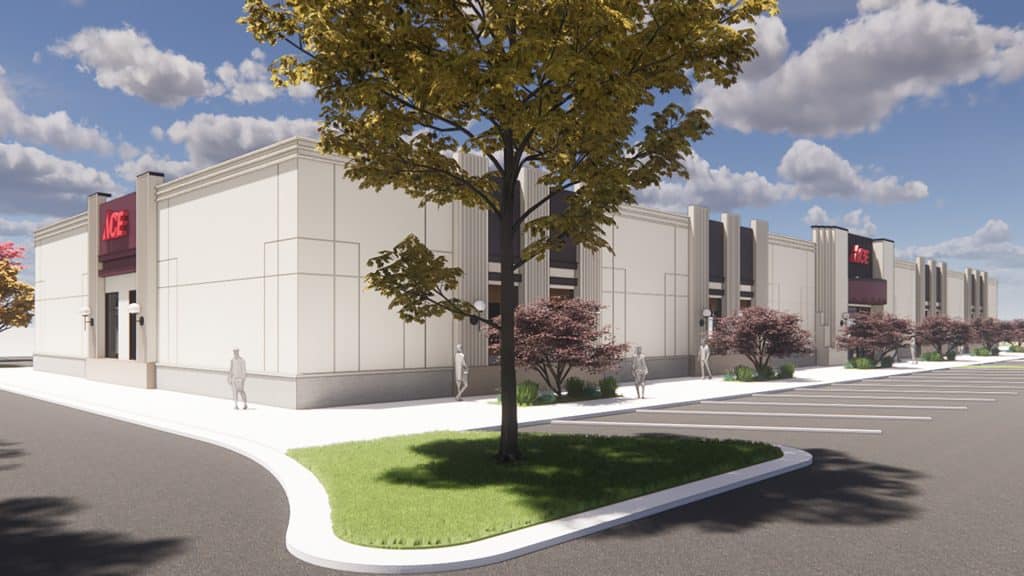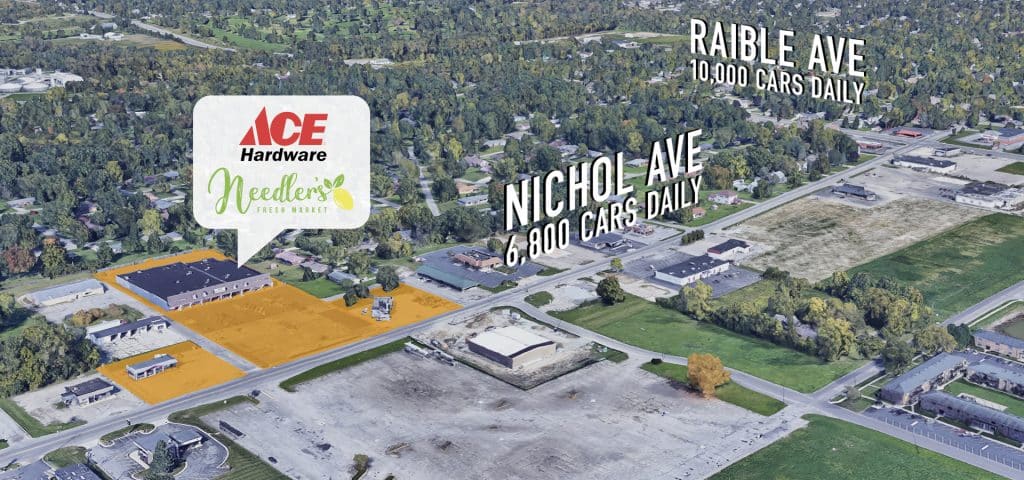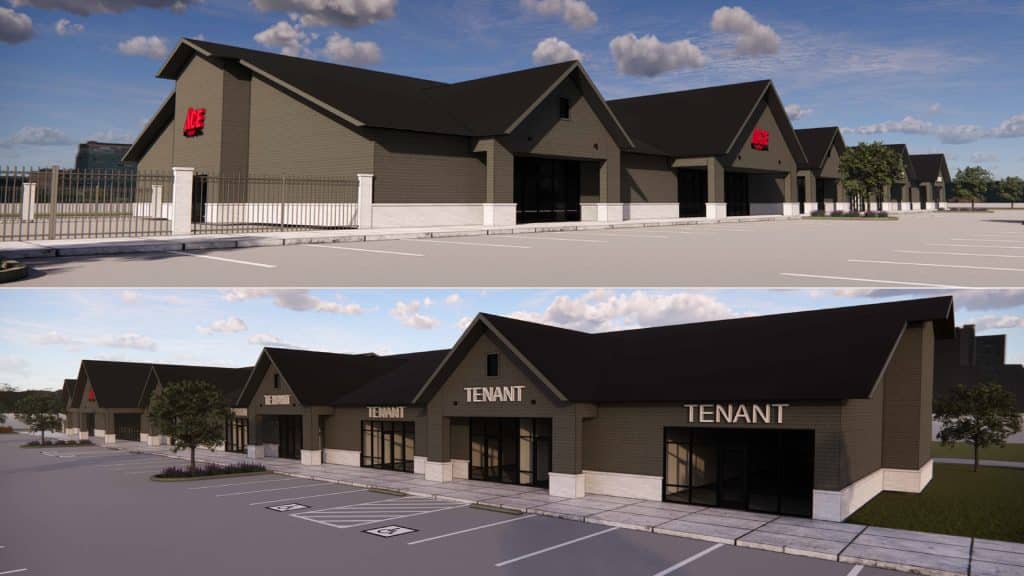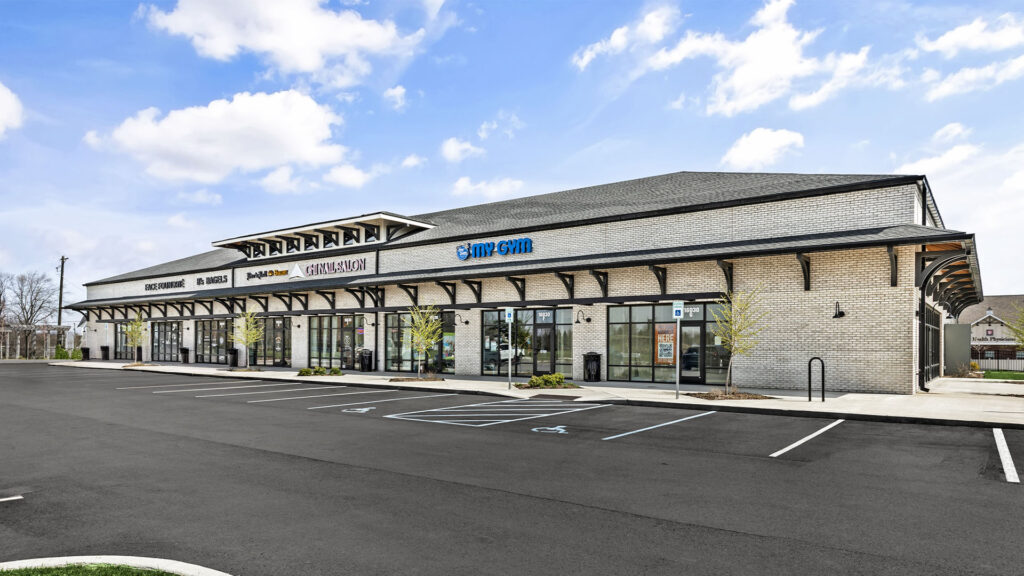
Accessibility & Traffic Patterns: Why They Matter
Accessibility and traffic patterns profoundly influence retail success. Discover why convenience, strategic placement near major routes, and understanding traffic flow are crucial for attracting customers and sustaining long-term growth.











